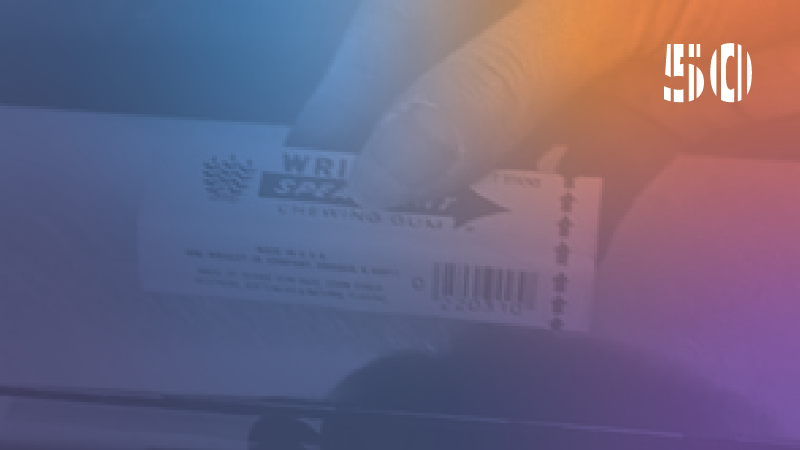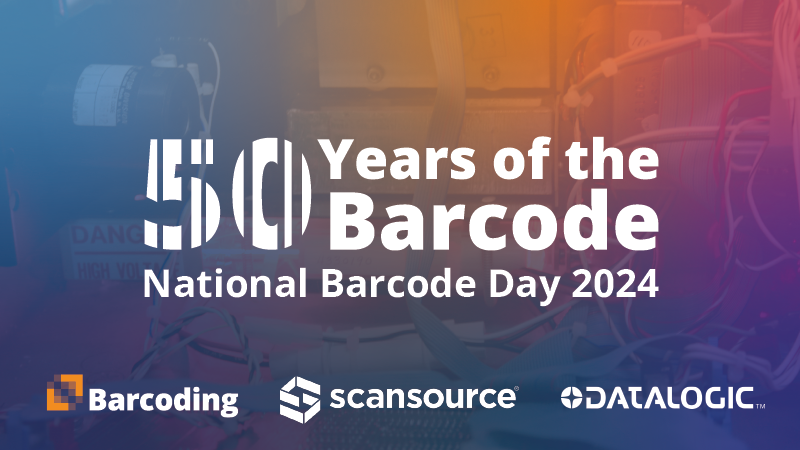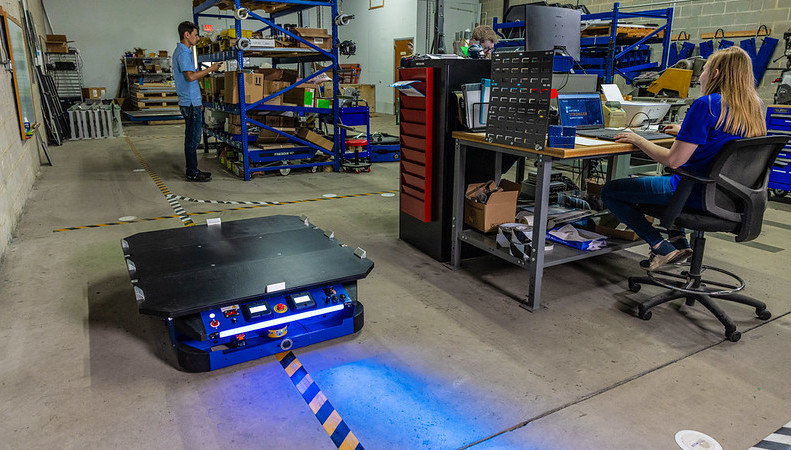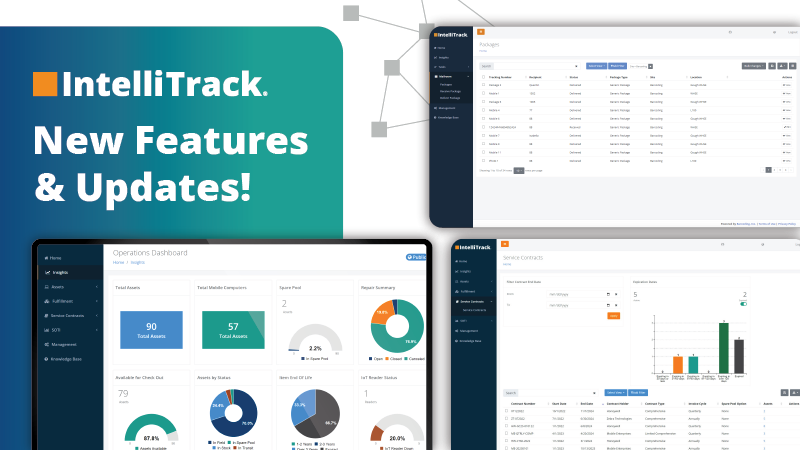Our Approach
A Barcoding solution is never just a piece of hardware: This is the heart of Barcoding’s Process, People, Technology (PPT) philosophy.
First, we work to understand our clients’ businesses—their workflows, people, cultures, and goals—and then we discuss the types of technology available to fit their needs.
Our Partner Network
Barcoding, Inc. is a premier partner with the best manufacturers and software providers in the automated data capture, mobility, and supply chain spaces. Because of our strong relationships, our clients have access to high-level resources at our partners’ organizations—from the executive teams to sales, engineers, and support.
Headquarters
3840 Bank Street
Baltimore, MD 21224
Call us: 1.888.412.SCAN (7226)
Email us: info@barcoding.com
Our Approach
A Barcoding solution is never just a piece of hardware: This is the heart of Barcoding’s Process, People, Technology (PPT) philosophy.
First, we work to understand our clients’ businesses—their workflows, people, cultures, and goals—and then we discuss the types of technology available to fit their needs.
Industries
Barcoding’s #SupplyChainGeeks draw on decades of experience across manufacturing, distribution, retail, and transportation & logistics.
Our experts partner closely with customers and technology partners, taking a brand-agnostic, Process-People-Technology approach tailored to your industry’s complex landscape.
Our Partner Network
Barcoding, Inc. is a premier partner with the best manufacturers and software providers in the automated data capture, mobility, and supply chain spaces. Because of our strong relationships, our clients have access to high-level resources at our partners’ organizations—from the executive teams to sales, engineers, and support.
Headquarters
3840 Bank Street
Baltimore, MD 21224
Call us: 1.888.412.SCAN (7226)
Email us: info@barcoding.com


 Realizing the significance of the event, the buyer returned the item. The 10-pack of Wrigley's Juicy Fruit is now on display at the Smithsonian in Washington, D.C., along with one of the early scanners. The price-scanning concept dates from the early 1950s, employing a bull's-eye type mark. But it proved cost-prohibitive. Today, the bar code is part of everyday life for the $4.2 trillion worth of annual transactions in America's nearly 1.1 million retail trade establishments, and the 14.7 million people who work in them.
Realizing the significance of the event, the buyer returned the item. The 10-pack of Wrigley's Juicy Fruit is now on display at the Smithsonian in Washington, D.C., along with one of the early scanners. The price-scanning concept dates from the early 1950s, employing a bull's-eye type mark. But it proved cost-prohibitive. Today, the bar code is part of everyday life for the $4.2 trillion worth of annual transactions in America's nearly 1.1 million retail trade establishments, and the 14.7 million people who work in them.



